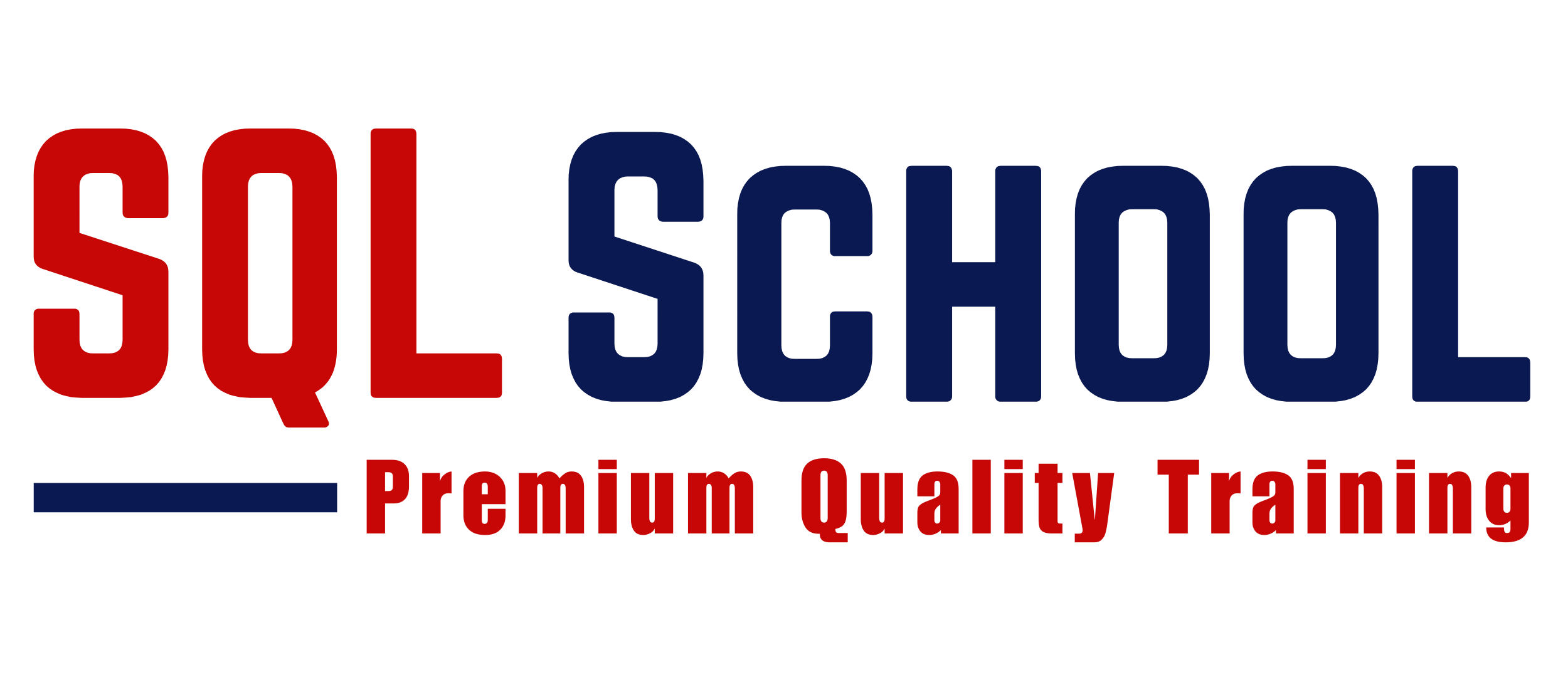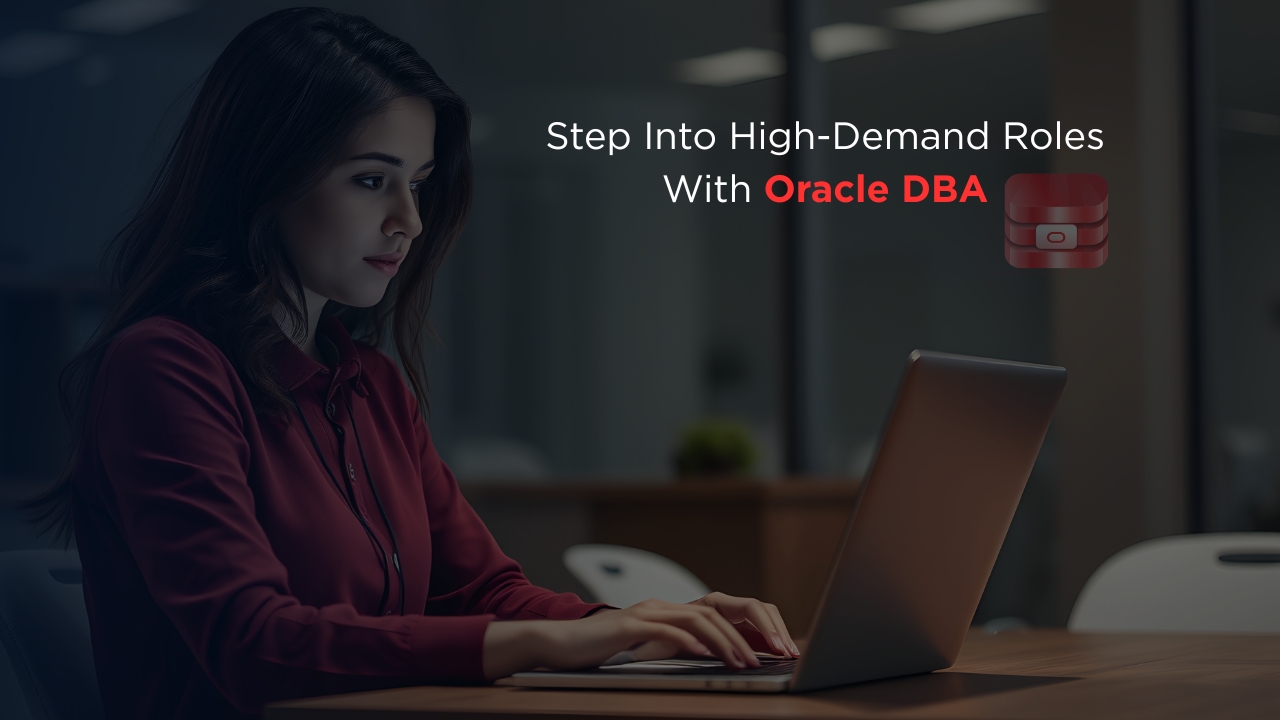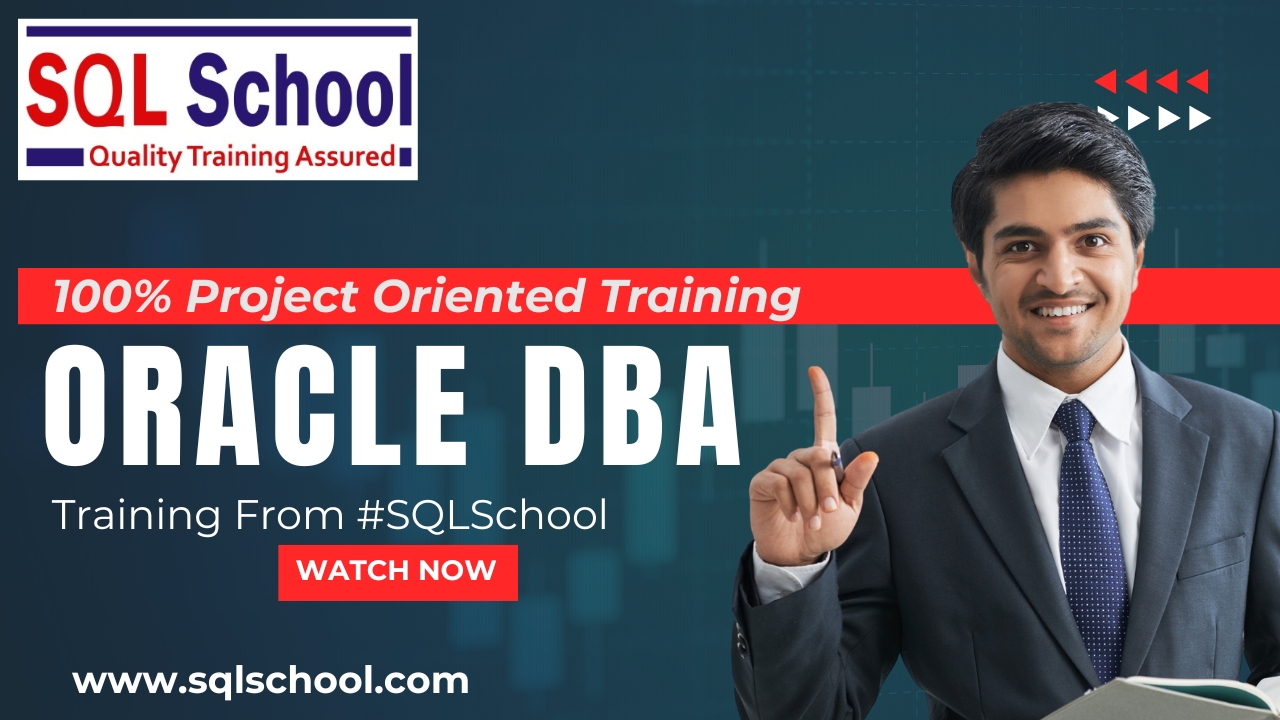Freshers aspiring to start a career as an Oracle DBA
Developers / IT professionals wanting DBA skills for backend management
On-prem DBAs looking to enhance their Oracle skill set
Cloud professionals managing Oracle DB in hybrid environments
Anyone preparing for Oracle DBA certification (OCA, OCP)
No prior coding experience is required. All concepts are taught from scratch

















